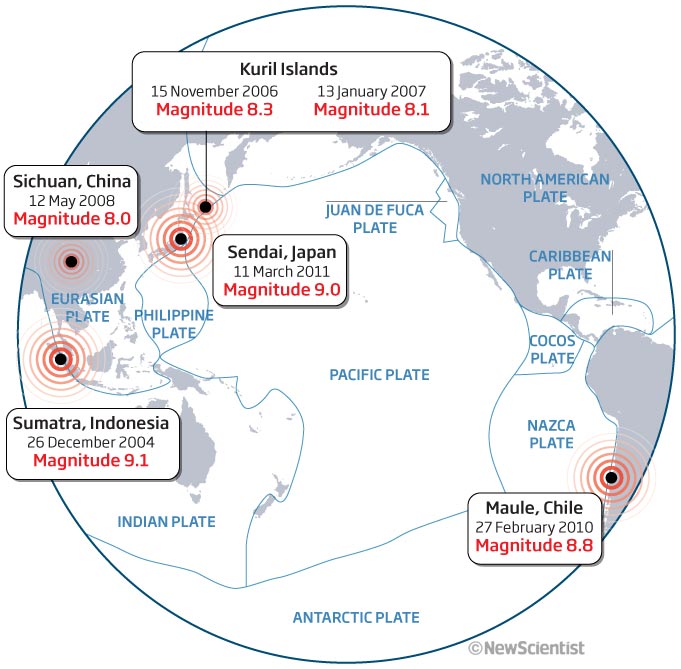From the AP. I think the real interesting item here is how rarely this happens at the sports books in Vegas. For all of the people who routinely take the long shot bet to win a championship, this is the closest someone has come to winning in years at the very least. Many of the people interviewed on this story can never recall a longshot of this magnitude paying off.
You know those crazy future bets on a long shot college basketball team to win the national championship nobody in their right mind ever makes? Well, someone made one of those bets on the VCU Rams before the start of this year’s college basketball action, and if the Rams end up winning the title, the sportsbook at the Las Vegas Hilton will be paying out over $50,000 in winnings to the lucky guy/girl.
According to the sportsbook, before the season started a person put a $10 bet on VCU to win the national title at 5,000 to 1 odds. If the Rams end up winning the whole thing, the bettor will win $50,000.
"We definitely have some liability associated with VCU winning the title," Hilton book manager Jay Kornegay told Covers.com. "I can't say I'm comfortable."
It could have been worse, though. At one point in the year VCU was listed at 9,999 to 1 to win the title at certain gambling locales. Then, when the tournament started and the Rams were one of the eight teams selected to participate in the first round play-in games, they were included with “the field” grouping which opened at 200 to 1.
"They probably would have been much higher like 400- or 500-1, if they weren't associated with the field" Kornegay said. "But because they were playing in the play-in game, we put them in the field. I mean we had them at 200-1 to win the region."
It’s a safe bet that the good people at the Las Vegas Hilton sportsbook will be watching the Rams’ next two games very closely, and that unlike most of America, they won’t be rooting for this Cinderella story team.
http://www.opposingviews.com/i/las-vegas-hilton-recorded-10-bet-on-vcu-at-5000-to-1-odds
One prescription for addressing China’s trade imbalance with the U.S. is to persuade the country’s tiger moms to loosen their purse strings.
Shang-Jin Wei, director of the Chazen Institute and a professor at Columbia Business School, said Wednesday that China’s demographic situation — 1.15 pre-marital-age men for every one woman — is the fundamental factor behind the nation’s high savings rate.


















